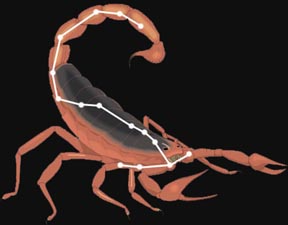The constellation, Scorpius the scorpion.
Click on image for full size
Chris Gleason, Windows to the Universe Original
Scorpio
To the ancient Greeks, the constellation Scorpius was the image of a scorpion. The
constellation was related to the death of the giant hunter Orion by an enormous
scorpion. There are several different stories about Orion's death. According to one variant, Orion once met the goddess of the chase, Artemis while he was sailing to the island of Crete.
Artemis loved hunting as well as Orion. They began hunting together and enjoying each other's company. Orion became so infatuated with Artemis that he tried to rape her. The goddess avenged herself and set a scorpion on him. No matter how hard he tried, Orion could not defeat the scorpion.
When Orion tried to escape, the scorpion stung him to death with its poisonous tail. As a reward for its services, Artemis placed the image of the scorpion among the stars. To this day, the constellation Scorpius appears in the sky to be ever pursuing the constellation Orion.
In a similar story, Orion was planning to kill all the animals. This made the goddess Gaia very angry because she created them. Gaia sent the giant scorpion to kill Orion. A different version says that Orion escaped the scorpion by swimming out to sea. However, at the same time, Apollo dared Athena to shoot a black dot in the ocean. Athena did not realize it was her lover, and shot Orion with an arrow.
You might also be interested in:
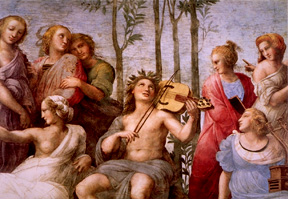
In Greek mythology, Apollo was the son of Zeus (Jupiter) and Leto (Letona). He was the twin brother of the goddess Artemis. He was the god of the Sun, logic, and reason, and was also a fine musician and
...more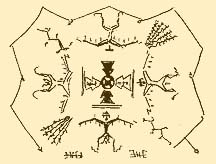
Ahsonnutli was the sky father and chief deity of the Navajo Indians. He created heaven, Earth, and the sky. Each of the four cardinal directions was supported by a giant. Each direction was also associated
...more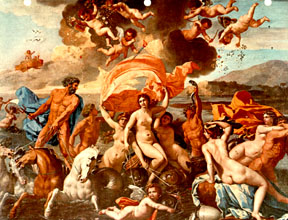
Amphitrite was one of the fifty Nereids, the attendants of the sea-god Poseidon. Poseidon (Neptune) had fallen in love with Amphitrite after seeing her dancing on the island of Naxos. Amphitrite rejected
...more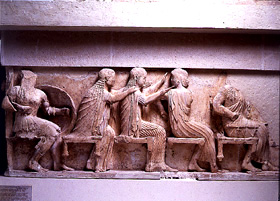
Aphrodite was the Greek goddess of love and beauty. She was known to the Romans as Venus. There were actually two different Aphrodites, one was the daughter of Uranus, the other the daughter of Zeus and
...more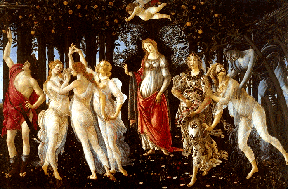
In Greek mythology, Apollo was the son of Jupiter(in Greek Zeus) and Leto (Letona). He was the god of the Sun, logic, and reason, and was also a fine musician and healer. Leto travelled all over Greece
...more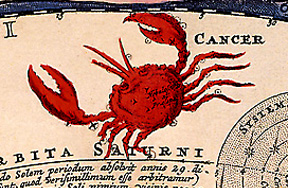
According to an ancient Greek legend, the figure of a gigantic crab was placed in the nighttime sky by the goddess Hera to form the constellation Cancer. Hera was the jealous wife of the sky god, Zeus.
...more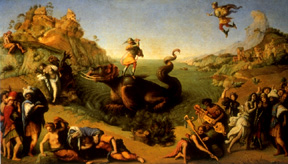
In the Northern Hemisphere sky is the constellation Cepheus, king of Ethiopia, and that of his wife Cassiopeia. Cassiopeia claimed that she and her daughter Andromeda were more beautiful than the sea nymphs,
...more


